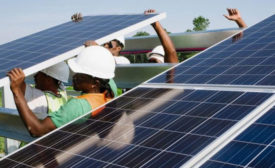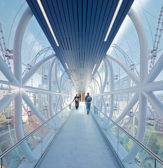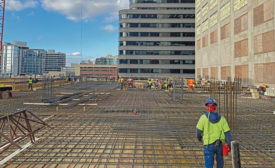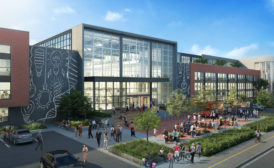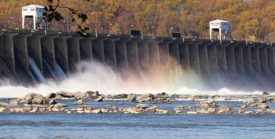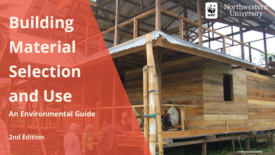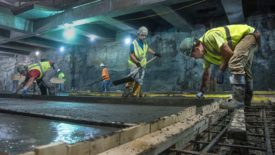- NEWS
- PROJECTS
- BUSINESS
- TALENT
- REGIONS
- TECH
- PRODUCTS
- IDEAS
- COSTS
- LISTS
- INFOCENTERS
- EVENTS
- Award of Excellence
- Best of the Best Project Awards
- FutureTech
- Groundbreaking Women in Construction EAST
- Groundbreaking Women in Construction WEST
- Global Best Projects Awards
- LA Infrastructure Forum
- NY/NJ Infrastructure Forum
- Regional Best Projects
- Seattle Infrastructure Forum
- Top 25 Newsmakers
- Upcoming Events
- Webinars
- MORE
Sustainability
Energy Conservation
National Coalition to Provide Boost for Building Performance Standards
White House hopes effort will accelerate reductions in carbon emissions from buildings
Read More
Digging Deeper | Office Buildings
Tech Sets Up NYC Tower for Carbon-Friendly Future
Office development aims to achieve LEED Platinum status and slash carbon emissions by avoiding fossil fuel sources
Read More
Technology
WSP USA Pilots Emerging Tech in Target Markets With Partnership
Four startups will gain support to “refine, optimize and scale offerings” for market
Read More
Government
EPA Reaffirms Rule Limiting Power Plant Mercury Emissions
EPA says Trump administration interpretation of Clean Air Act was "flawed"
Read More
Sustainability
Mass. Commission Tackles How to Decarbonize Buildings
A 22-member panel has 10 months to deliver recommendations on how to meet obligations set by climate bill signed in March
Read More
Dams
Collaboration Yields Funds for Dam Safety and Upgrades
Groups often at cross-purposes find common ground in funding hydropower projects
Read More
Materials
New Tool Helps Industry Pros Find Lower Impact Materials
Northwestern Releases 'Building Material Selection and Use: An Environmental Guide'
Read More
Materials
New York Governor Signs Low-Embodied-Carbon Concrete Bill
Activists hope to add contractor incentives in future legislation
Read More
The latest news and information
#1 Source for Construction News, Data, Rankings, Analysis, and Commentary
JOIN ENR UNLIMITEDCopyright ©2025. All Rights Reserved BNP Media.
Design, CMS, Hosting & Web Development :: ePublishing
